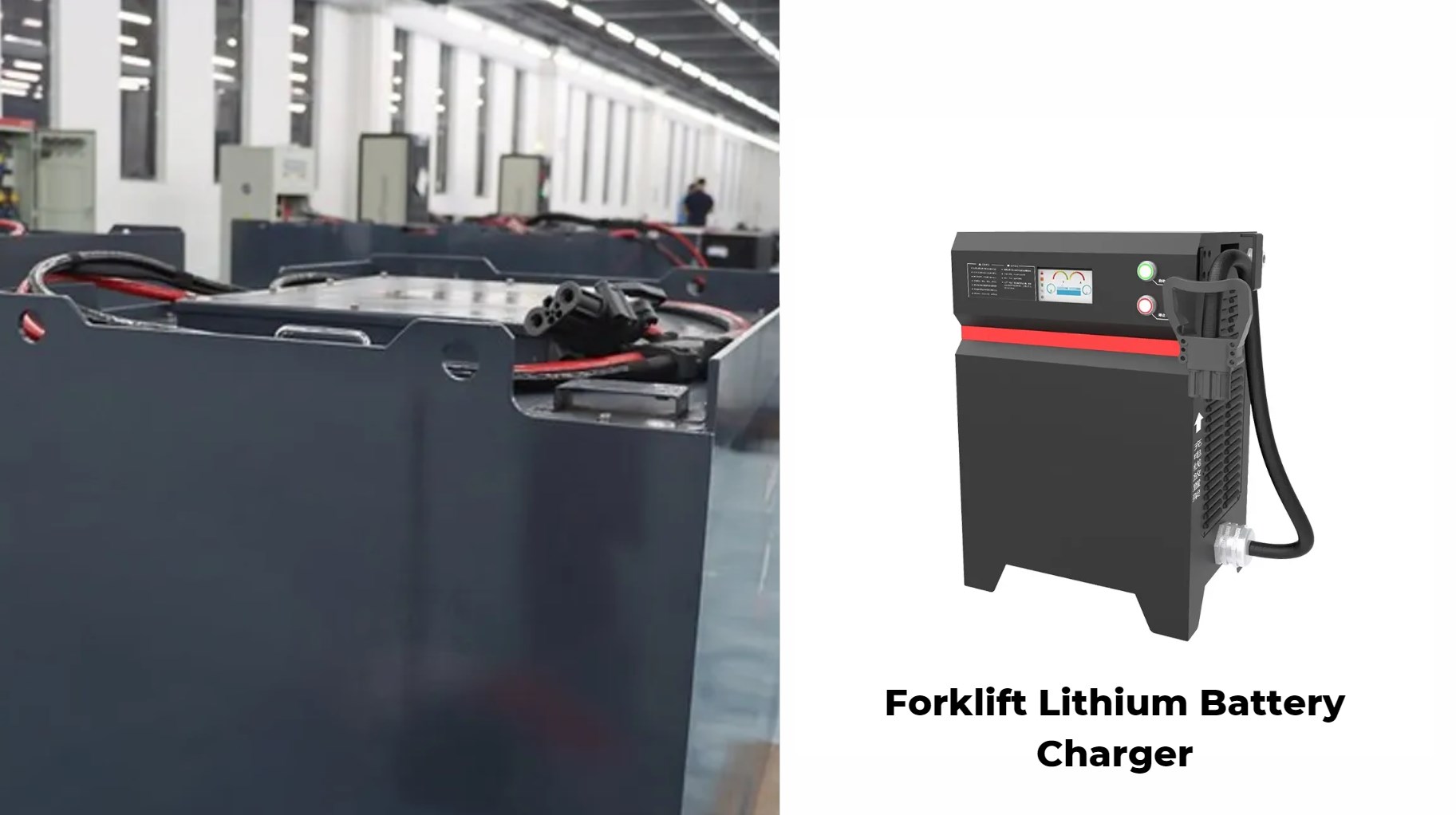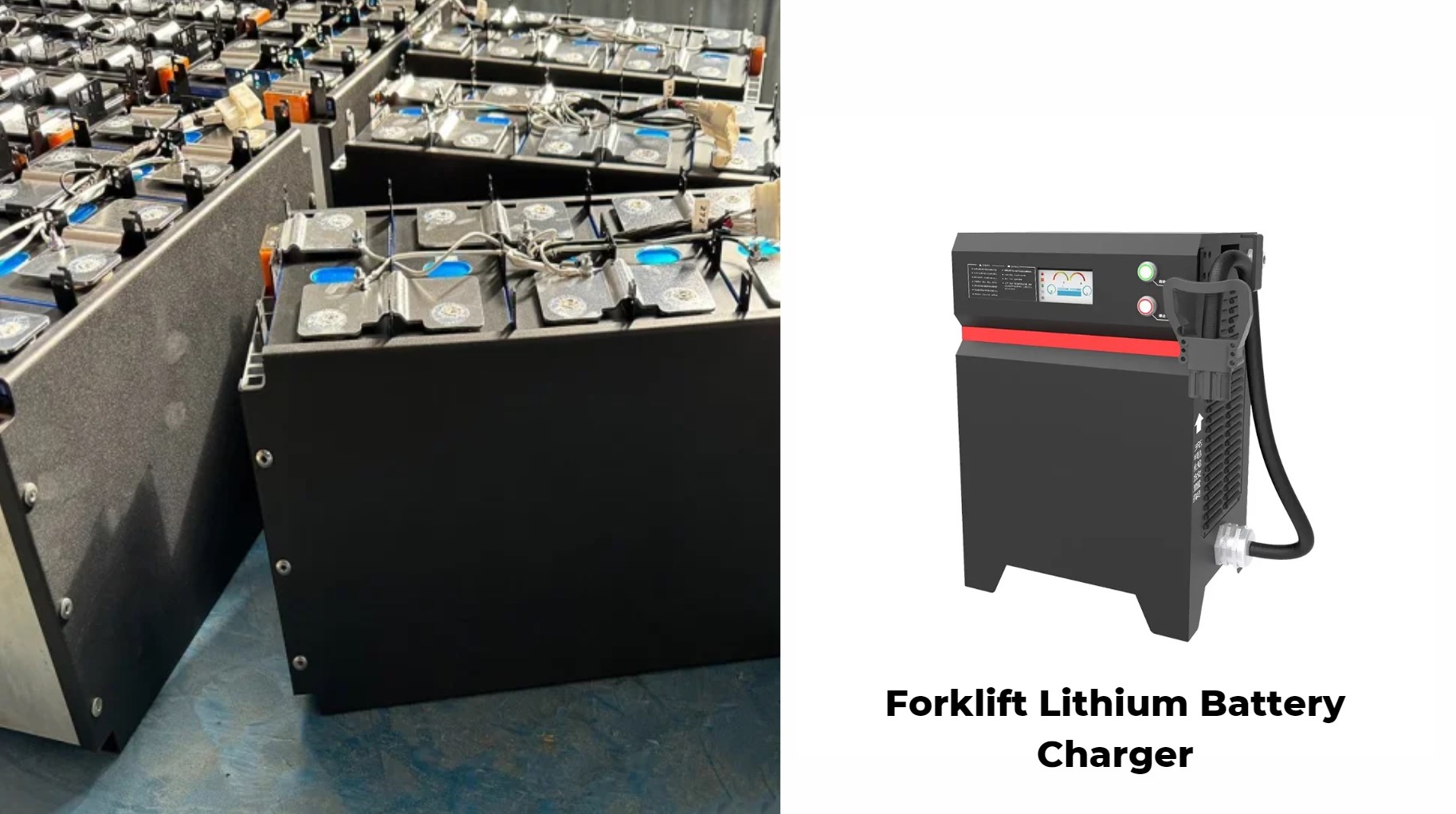Fast charging has become an increasingly popular feature in modern battery technology, offering significant convenience and reduced downtime. However, it can impact battery life in various ways, particularly for lithium-ion batteries such as LiFePO4 (Lithium Iron Phosphate) batteries. This article delves into how fast charging affects battery longevity, highlighting key factors and best practices to manage its impact.
Fast charging can impact battery life positively by reducing downtime but may also lead to increased heat generation. Proper thermal management systems are essential to mitigate potential damage from overheating during rapid charging cycles.
Heat Generation
One of the primary concerns with fast charging is the increased heat it generates. Faster charging rates result in higher power flows, which, in turn, produce more heat. Excessive heat can accelerate the degradation of battery components, potentially reducing overall lifespan. Key points to consider include:
Wholesale lithium golf cart batteries with 10-year life? Check here.
- Heat Management: Effective heat dissipation is crucial. Modern batteries, including those with advanced Battery Management Systems (BMS), are designed to manage heat. However, if the BMS is not efficient, prolonged exposure to high temperatures can lead to faster wear and tear on the battery cells.
- Thermal Protection: Many fast chargers and batteries incorporate thermal protection features to mitigate heat-related issues. These include cooling mechanisms and temperature sensors that regulate the charging process to prevent overheating.
Charging Cycles and Degradation
Fast charging can contribute to battery degradation over time, though the extent is often manageable:
- Capacity Loss: Research shows that fast charging may result in a slightly higher rate of capacity loss compared to slower charging methods. For instance, studies indicate that electric vehicles (EVs) primarily charged with fast chargers may experience around 27% capacity loss after 50,000 miles, compared to 24.5% for those using slower chargers. While this difference is notable, it typically does not cause significant concern for most users.
- Cycle Life: Frequent use of fast charging can impact the total number of charge cycles a battery can endure. Fast charging may slightly reduce the number of effective cycles, but modern battery technologies often mitigate this impact through advanced BMS and charging algorithms.
Battery Management Systems
Modern BMS play a pivotal role in managing the effects of fast charging:
Want OEM lithium forklift batteries at wholesale prices? Check here.
- Charging Rate Management: Advanced BMS can adjust charging rates to minimize stress on the battery. As the battery approaches full charge, the system may reduce the power delivery to decrease heat generation and mitigate degradation.
- Multi-Stage Charging: Many modern batteries use multi-stage charging processes, which involve gradually reducing the charge rate as the battery fills up. This approach helps in maintaining battery health and prolonging its lifespan.
- Temperature Control: BMS systems also monitor and control the battery temperature during charging. This helps in preventing overheating and ensures that the battery operates within safe thermal limits.
Best Practices for Optimal Charging
To maximize battery life while benefiting from the convenience of fast charging, consider the following best practices:
- Avoid Extreme Conditions: Refrain from fast charging when the battery is extremely hot, cold, or at very low (5%) or high (90%) states of charge. Charging under such conditions can impose additional stress on the battery.
- Regular Charging: For routine use, slower charging methods are preferable whenever possible. Fast charging should be reserved for situations where time is of the essence, such as during long trips or when rapid power restoration is required.
- Proper Charger Selection: Use chargers specifically designed for your battery type and ensure they are equipped with safety features to manage heat and power delivery effectively.
Conclusion
Fast charging offers substantial benefits in terms of convenience and reduced downtime but can affect battery life through increased heat generation and slight degradation in capacity. Modern LiFePO4 batteries and other lithium-ion types are equipped with advanced technologies to manage these effects, including efficient BMS and thermal protection systems.
By following recommended best practices, such as avoiding extreme charging conditions and using appropriate chargers, users can enjoy the advantages of fast charging while mitigating its potential impacts on battery health. Maintaining a balance between fast and slow charging can help ensure the longevity and reliability of your battery system.
FAQs
What Safety Measures Should Be Taken When Using LiFePO4 Forklift Batteries?
Do LiFePO4 Batteries Require Maintenance?
What is the Typical Cost of a LiFePO4 Forklift Battery?
Comparing Maintenance Costs: LiFePO4 Batteries vs. Lead-Acid Batteries
Exploring Real-World Applications of LiFePO4 Batteries in Forklifts
Industries Benefiting from LiFePO4 Forklift Batteries
What is LiFePO4 Technology?
The Evolving Market for Forklift Batteries
What Are the Latest Advancements in LiFePO4 Battery Technology?
How Does Fast Charging Impact Battery Life?
Types of Chargers for LiFePO4 Forklift Batteries
Common Voltage and Capacity Options for LiFePO4 Forklift Batteries
Comparing LiFePO4 and Lead-Acid Batteries: A Comprehensive Analysis







